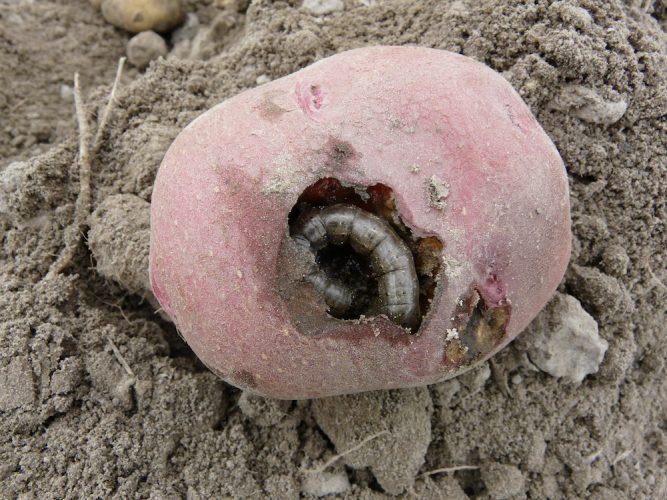

Evidence of frass (excrement) at the base of the head aids in the detection of larvae. Pull back loose wrapper leaves and examine around the base of the head for larger larvae. When scouting, examine the undersides of the lower leaves for newly hatched larvae. They generally feed on areas between leaf veins. As they grow, they move toward the center of the plant. Large larvae will often curl up and drop down to the base of the plant when the leaf is disturbed. A cabbage looper's body is narrow near its head. All larval stages of the insect move with this looping motion.įigure 2. The adult moth is a mottled, grayish-brown moth with a 1-1/2 inch wing span and a small silvery spot resembling a sock in the middle of each front wing.īecause the larvae have no legs in the middle area of their body, this area arches when the insect moves. The pupae are brown, about 3/4 inch long and wrapped in a delicate cocoon of white tangled threads. The ridged, white, round eggs are usually laid singly on the underside of the outer leaves. When mature, the larvae reach 1-1/2 inches in length. There are three pairs of slender legs near the head and two pair of club-shaped prolegs toward the other end.

The larvae are light green in color with a pale white stripe along each side and two thin white stripes down the back.

Cabbage looper arches its back when moving. Watch for cabbage loopers particularly on the undersides of leaves along leaf margins, but they can be found anywhere on the plant.įigure 1. So early detection of economic infestations is critical to the management of these pests. Because many of these pests are much more difficult to control as large larvae, controls will always be most effective when directed toward small larvae. Damage to the head or wrapper leaves often reduces marketability. These pests can cause serious damage to young transplants as well as causing serious leaf feeding damage to older plants. University of Kentucky College of AgricultureĬutworms, imported cabbageworm, cabbage looper, diamondback moth larvae, and cross-striped cabbage worm can be each cause substantial damage to cabbage. ENTFACT-300: Cabbage Pests | Download PDF by Ric Bessin, Extension Specialist


 0 kommentar(er)
0 kommentar(er)
